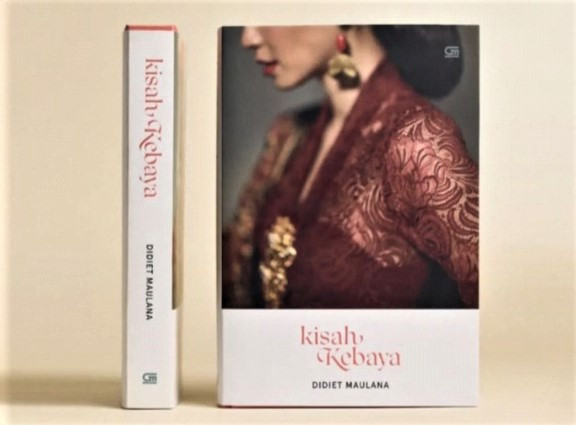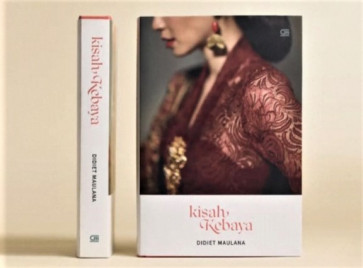Popular Reads
Top Results
Can't find what you're looking for?
View all search resultsPopular Reads
Top Results
Can't find what you're looking for?
View all search results‘Kisah Kebaya’: Labor of love on Indonesia’s sartorial icon
The 340-page book offers A-to-Z knowledge about Indonesia’s traditional tunic-like blouse, including tips on how to make them at home.
Change text size
Gift Premium Articles
to Anyone
 Timeless elegance: The newly launched 'Kisah Kebaya' (The Story of Kebaya) by IKAT Indonesia founder and creative director Didiet Maulana is a veritable chronicle of the evolution of the uniquely Indonesian garment, from its origins to its wide-ranging societal impacts. (Courtesy Kisah Kebaya/Didiet Maulana)
Timeless elegance: The newly launched 'Kisah Kebaya' (The Story of Kebaya) by IKAT Indonesia founder and creative director Didiet Maulana is a veritable chronicle of the evolution of the uniquely Indonesian garment, from its origins to its wide-ranging societal impacts. (Courtesy Kisah Kebaya/Didiet Maulana)
Kebaya is a fashion icon of Southeast Asia that has its roots in the Indonesian island of Java.
The earliest form of kebaya is believed to have its origins in the 15th century royal courts of the Majapahit Kingdom, although it also appears in the bas-reliefs of the Borobudur Temple.
It has various names in local tongues, but the word “kebaya” is believed to derive from the Portuguese loanword “cabaya” around the time European traders arrived in the archipelago.
Some argue that the word could originate from the Arabic “qaba” meaning clothing or even “abaya” for loose outer garment, citing the emerging influence of Islam around the late 13th century.
Others fixate on the Chinese influence in the recognizable features of kebaya: a fitted tailored blouse that opens at the front with a lapelled, collarless neckline.
Regardless, this garment is uniquely Indonesian and has regional variations that each deserves their own chapter.
How-to tips: A hand-drawn illustration in 'Kisah Kebaya' presents regional variations of kebaya from across the archipelago. (Courtesy Kisah Kebaya/Didiet Maulana)


















